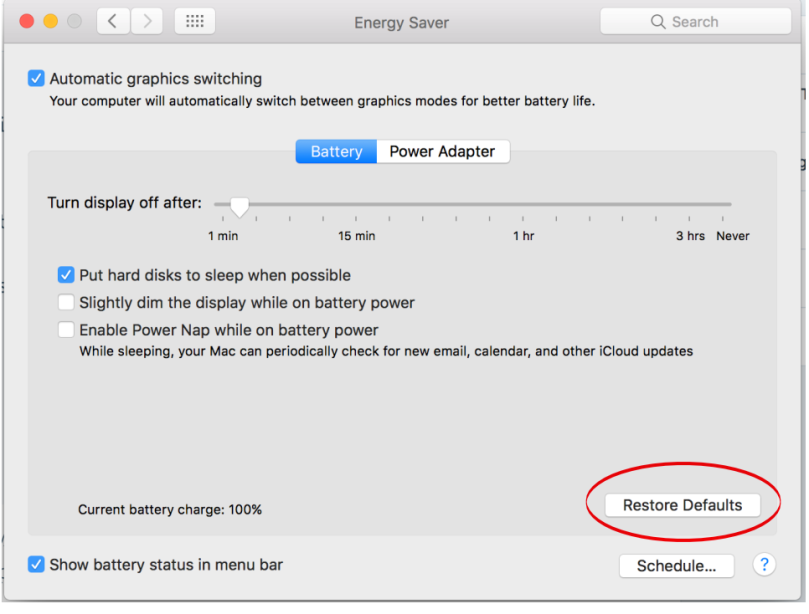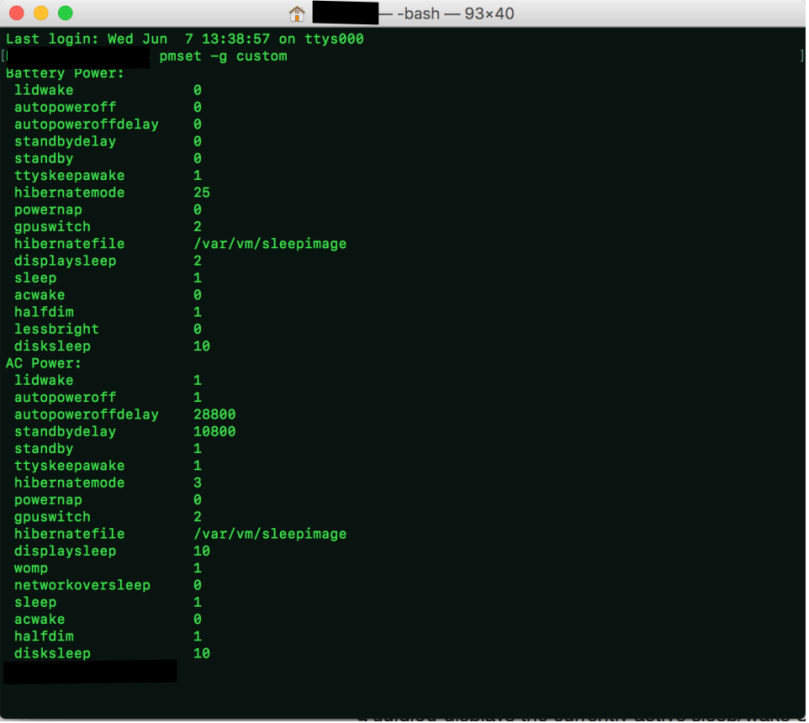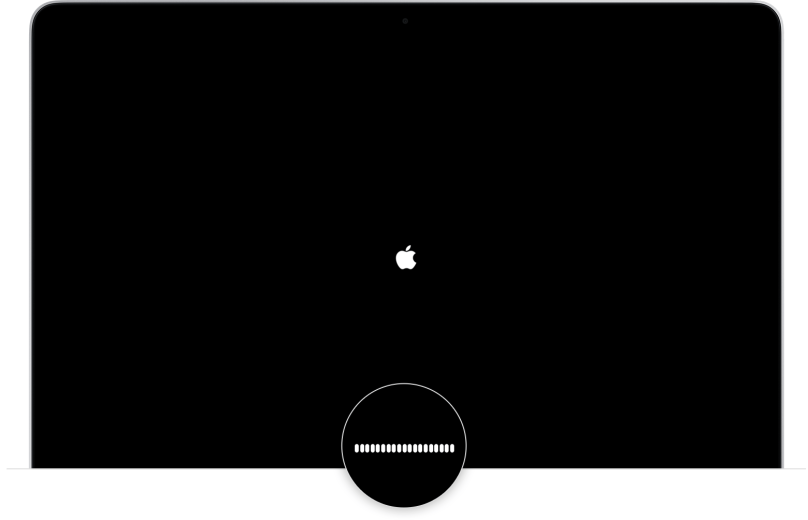I had meant to have this blog posted a few months back, unfortunately it got stuck on my todo list and never quite made it out, till now.
I decided to go back to a MacBook Pro a few months back, because my Surface Pro 3 was just not capable of running virtual machines. I absolutely love my MacBook Pro 15inch, it runs anything I throw at it, my only gripe is that the memory cannot be upgraded beyond 16GB. I would happily pay more to get 32GB on it.
I had been using a MacBook Pro 13 inch last year, running OS X Mavericks. One of the features I absolutely loved was hibernate to disk. In my view this is much better than sleep mode because my system state is written to disk, instead of being kept in RAM, which needs to be powered on (this is sleep mode). True hibernation (hibernate to disk) is same as the hibernate mode you get with Windows.
To my surprise, when I went to configure hibernate to disk on my new MacBook Pro, my previous steps didn’t work 😦 Ok, I was running MacOS Sierra now, however I expected the process to be the same.
Being the person that rarely gives up (and hibernate to disk was a feature I really really wanted), I started researching on what had happened to it. I managed to find an article from Apple that listed all the supported sleep modes, and oh wait a minute, what is that I see. Aha, Apple calls hibernate to disk Safe sleep, which only happens when your battery is running extremely low. Hmm, now that I know what it is called, and that it can be enabled (at this stage, only when your battery is running extremely low), I started looking for a way to enable it.
In the above article, it did list that there was a Standby Mode which would put MacBooks to deep sleep (aka hibernate to disk) however that happened only after the MacBook was in sleep mode for 3 hours! I was looking for something that will enable it much sooner. Below is the part in the above article referring to deep sleep.
Standby Mode For Mac computers that start up from an internal SSD, macOS includes a deep sleep mode known as Standby Mode. Mac computers manufactured in 2013 or later enter standby after being in sleep mode for three hours. Earlier models enter standby after just over an hour of sleep. During standby, the state of your session is saved to flash storage (SSD). Then, the power turns off to some hardware systems such as RAM and USB buses. Standby extends how long a notebook computer can stay asleep on battery power. A notebook with a fully charged battery can remain in standby for up to thirty days without being plugged in to power.
After some trial and error, I managed to find the setting that will enable my MacBook Pro to go into “deep sleep/safe sleep/hibernate to disk” when it went into sleep mode.
These settings are enabled via the command pmset which is available via Terminal Here is some help with pmset https://www.dssw.co.uk/reference/pmset.html
Start Terminal (Go to Finder/Go/Utilities/Terminal or use Spotlight Search and type Terminal)
To get your current power management settings run pmset -g custom
If for some reason, you mess up your power management settings, you can go to System Preferences/Energy Saver and click on Restore Defaults to get the default power management settings back

The settings that enable deep sleep/hibernate to disk is shown below

Use the command sudo pmset -b {option and value} to change any setting that you have which is different from the above values. (-b is to change settings for Battery Power, -c for AC power, -u for ups and -a for everything. I am using -b because I only want to enable hibernate to disk when I am running on battery)
For instance, if you want to change displaysleep for Battery Power from 2 to 5 use the following command
sudo pmset -b displaysleep 5
To check the settings again, run pmset -g custom
To test if hibernate to disk is now enabled, press Command+Option+Power together. Your MacBook should now go to sleep. Give it at least 20 seconds and then press the power button (this is how long I found it took my MacBook Pro to write the contents of RAM to disk. To be sure, you can put your ear to the keyboard, and if you still hear some sound, then it means that your MacBook is still writing to disk. Once everything has been written, it will be absolutely quiet). On waking up, you will see the Apple icon with a progress bar at the bottom. This shows that your MacBook is waking up from deep sleep.

Hope this helps others who are looking to enable true hibernation on their Macbook

You must be logged in to post a comment.